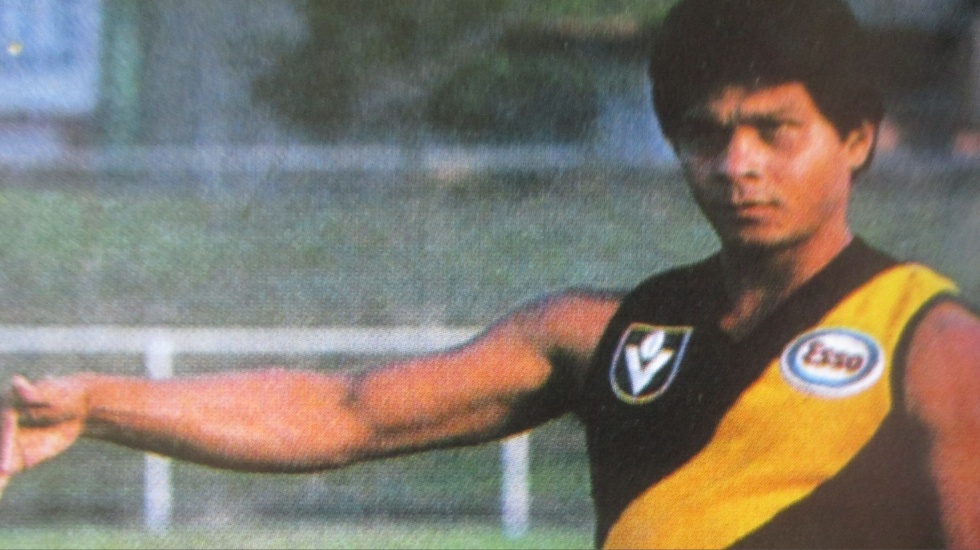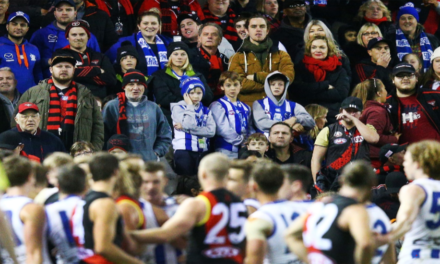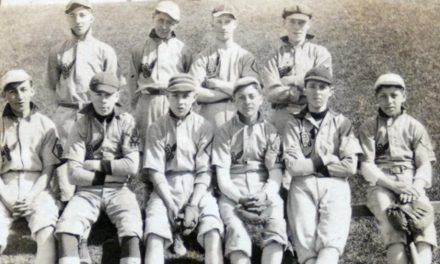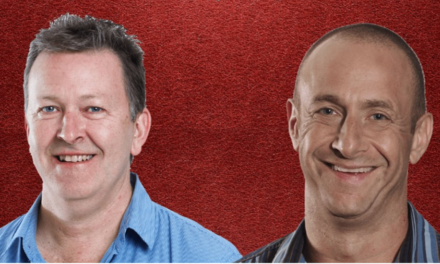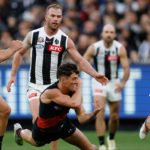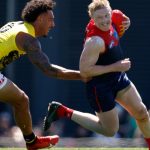Maurice Rioli made his Richmond debut in the standalone game against Fitzroy to kick off the 1982 VFL season.
“Opening Round”. “Round Zero”. Whatever you choose to call it, this week’s launching of a new AFL season is certainly different. But the “Clayton’s” start to 2024 isn’t necessarily a ground-breaking concept.
The start before the real start is an idea which in fact was first “run up the flagpole” so to speak by the then-VFL all the way back in 1979, and tried again in both 1982 and 1985.
But new AFL chief executive Andrew Dillon will be hoping this version clicks a little better with the football-going public than those attempts did, all played out at the old VFL “headquarters” at Waverley.
In 1979, the league took a Round 3 match between Carlton and Essendon and played it as a standalone game on Saturday March 31st. The rationale remains unclear, the Blues having been a finalist in 1978 but the Bombers having finished 10th of 12 teams.
Carlton had gone to the Federal Court literally days before the game to win the clearance from Sturt of big-name recruit Robbert Klomp and the return from Subiaco of a fan favourite in Vin Catoggio.
Essendon unveiled a couple of Western Australian recruits in Alan Reid and Barry Day, along with former Melbourne and North Melbourne ruckman Peter “Crackers” Keenan, and a youngster from Assumption College, Neale Daniher, the younger brother of star forward Terry. We’d be hearing a lot more of him over subsequent years and decades.
But the match itself has been pretty much relegated to the backblocks of history, Carlton, which would go on to win the 1979 premiership under captain-coach Alex Jesaulenko, comfortable winners by 21 points. VFL officials had hoped for a crowd of anything up to 70,000 but just 41,777 turned out.
But after a couple of years of conventional season-openings, the VFL decided to give the standalone game another crack in 1982, this time the participants Richmond and Fitzroy.
The Tigers, who’d go on to play in the grand final, made short work of the Lions by 41 points with two standout performers, Western Australian star Maurice Rioli, making his Tiger debut, a unanimous best-on-ground, and spearhead Brian Taylor, who’d been kept out of the post by Michael Roach for years, booting eight goals.
Again, though, the crowd was a letdown, just 38,686 attending when officials had been hoping for between 50-60,000. But VFL general manager Jack Hamilton maintained the idea was a success. “The crowd was 11,000 under what we had hoped, but it was still 20,000 more than you would have squeezed into the Junction Oval, where it was originally drawn,” he said at the time.
PLEASE HELP US CONTINUE TO THRIVE BY BECOMING AN OFFICIAL FOOTYOLOGY PATRON. JUST CLICK THIS LINK.
Hamilton said if the circumstances were right, there was no reason a game from a later round could not be switched to VFL Park before every season’s opening round.
But it might have been once bitten twice shy, because only once more was the concept tried, and again a couple of seasons down the track, in 1985, when Essendon and Hawthorn clashed at Waverley on Saturday March 23rd.
This time, the rationale appeared more obvious on a couple of counts. The Bombers and Hawks had at least played each other in the previous two grand finals (and would go on to make that three in 1985). And in the year Victoria celebrated its 150th birthday, this game saw Premier of the day John Cain present victorious Essendon skipper Terry Daniher with a special commemorative cup, the Dons getting home by 14 points.
In hot and steamy conditions, the Hawks unveiled high-priced WA recruit Steve Malaxos, the Bombers’ Roger Merrett was reported under the new time-wasting rule (the 50-metre penalty had still not been introduced and Hawthorn veteran Peter Knights, playing in the reserves curtain-raiser, had to be taken to hospital suffering heat exhaustion and dehydration.
Again, though, the crowd at VFL Park of 41,694 was underwhelming. Not for the first or last time over the years, Essendon coach Kevin Sheedy had a theory.
“I really think the lesser exchange of players from one club to another can detract in one way, plus the lessening of interstate players coming in all add up gradually,” he told The Age. Sheedy said the days when a young kid from the bush could immediately walk into a top VFL side were all but over. “Football is too far ahead now for that,” he said. “We have to be prepared to cop the change.”
Nearly 40 years on, this was perhaps one Sheedy prognostication which wasn’t so accurate. Player trading and free agency have increased player-swapping to unprecedented levels. In a national competition, players leaving their home states is par-for-the-course. And the best young kids from either the bush or ‘burbs such as Nick Daicos or Harry Sheezel are more than capable of coming straight into senior level and making an impact.
Now, in this dramatically changed landscape, the now-AFL has again revisited the concept of a pre-Round One start to a new football season, this time with not just one game but four.
Fingers crossed it’s fourth time lucky. But Andrew Dillion and co. would surely hope that safety in numbers means we won’t once again have the league’s top brass attempting to explain away less-than-satisfactory results when this latest version of an old experiment is said and done.
This article first appeared at ESPN.

